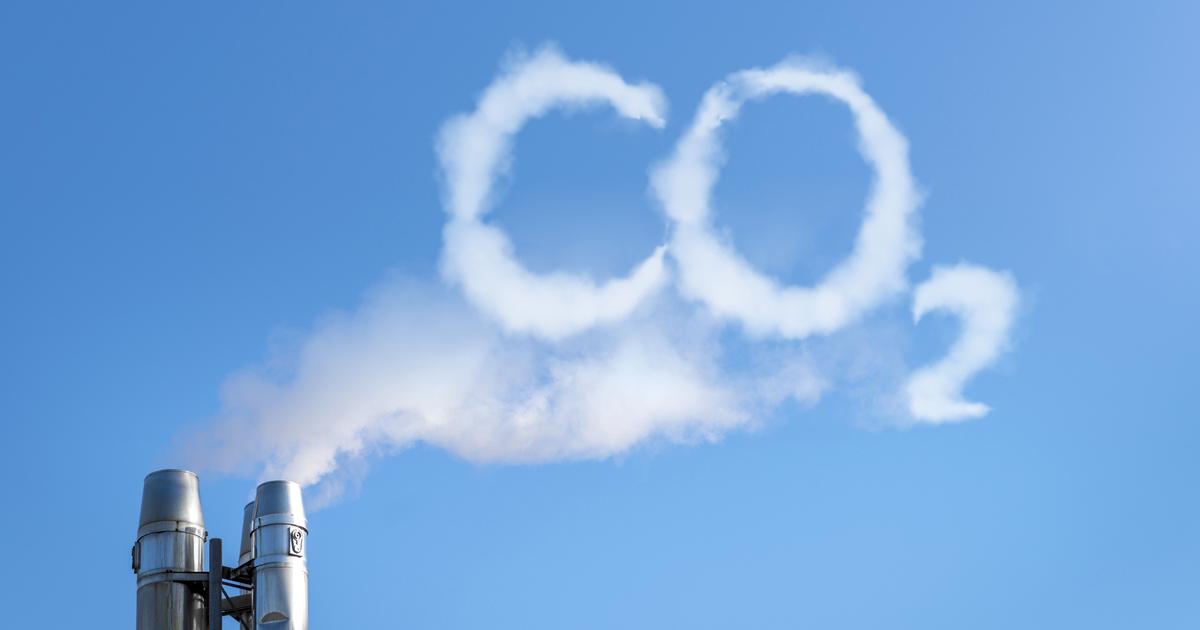Enlarge image
The IEA warns that the move away from fossil fuels is taking too long
Photo: Construction Photography / Avalon / Getty Images
According to the International Energy Agency (IEA), the energy transition is proceeding far too slowly worldwide.
With the current plans to reduce greenhouse gas emissions, the global community would manage to achieve a reduction of just 40 percent by 2050, according to the agency's new annual report.
The 2015 Paris Agreement on Climate Change stipulates greenhouse gas neutrality for the middle of the century.
There are no »clear signals«
Investments would have to more than triple within the next ten years in order to still achieve the climate targets of the Paris Agreement.
"About 70 percent of this additional expenditure has to be made in emerging and developing countries," said Fatih Birol, the agency's chairman.
»Clear signals and instructions from politicians are essential.
If the road ahead is paved with only good intentions, it will indeed be a bumpy ride, ”the report said.
The report also names positive developments: The share of renewable energies such as wind and solar energy will continue to grow in 2020.
Electric vehicles set new sales records.
However, these advances were not enough to bring global greenhouse gas emissions to zero net by 2050.
The "persistence of the status quo" counteracts these developments.
In its report, the IEA described the difference between the current plans and the changes required as "blatant".
According to the IEA, solar, wind and hydropower, together with bioenergy, would have to make up a much larger share of energy investments after the pandemic than before.
The World Climate Conference in Glasgow, Scotland, from the end of October to mid-November is the "first test of the willingness of countries to make new and more ambitious commitments under the 2015 Paris Agreement."
Two scenarios, both are bad
The IEA, which advises industrialized countries on questions of energy policy, considered two scenarios for its calculations. The first scenario relates to measures that have already been or are being implemented by industrialized countries. According to this, almost the entire additional energy requirement by 2050 could be met from low-emission sources. However, due to the expansion of the energy infrastructure at the national level in developing countries, annual emissions have remained roughly the same as they are today. For this scenario, the IEA estimates a global temperature increase of 2.6 degrees by 2100 compared to pre-industrial times, with possibly catastrophic consequences.
The second scenario includes the promises made by the governments of some countries to achieve climate neutrality in the foreseeable future. The IEA assumes that investments in clean energies will double over the next ten years. Assuming these pledges are fully implemented in a timely manner, fossil fuel demand would peak by 2025. Global CO₂ emissions will decrease by 40 percent by 2050. This would limit the global temperature rise to 2.1 degrees by 2100.
The IEA advises that additional investments may be less costly than some think.
"More than 40 percent of the required emissions reductions would come from self-sustaining measures, such as improving efficiency, limiting gas leaks or installing wind or solar power in places where they are now the most competitive power generation technologies," says it in the report.
"The social and economic benefits of an accelerated transition to clean energies are enormous, and the costs of inaction are immense," said the chief of the agency.
The fossil fuels coal, natural gas and oil made up almost 80 percent of the world's energy supply in 2020.
The share of renewable energies was only twelve percent.
vki / AFP / Reuters


/cloudfront-eu-central-1.images.arcpublishing.com/prisa/IOQ5LVJEOFAEZHGFMYWVXLFURI.jpg)



